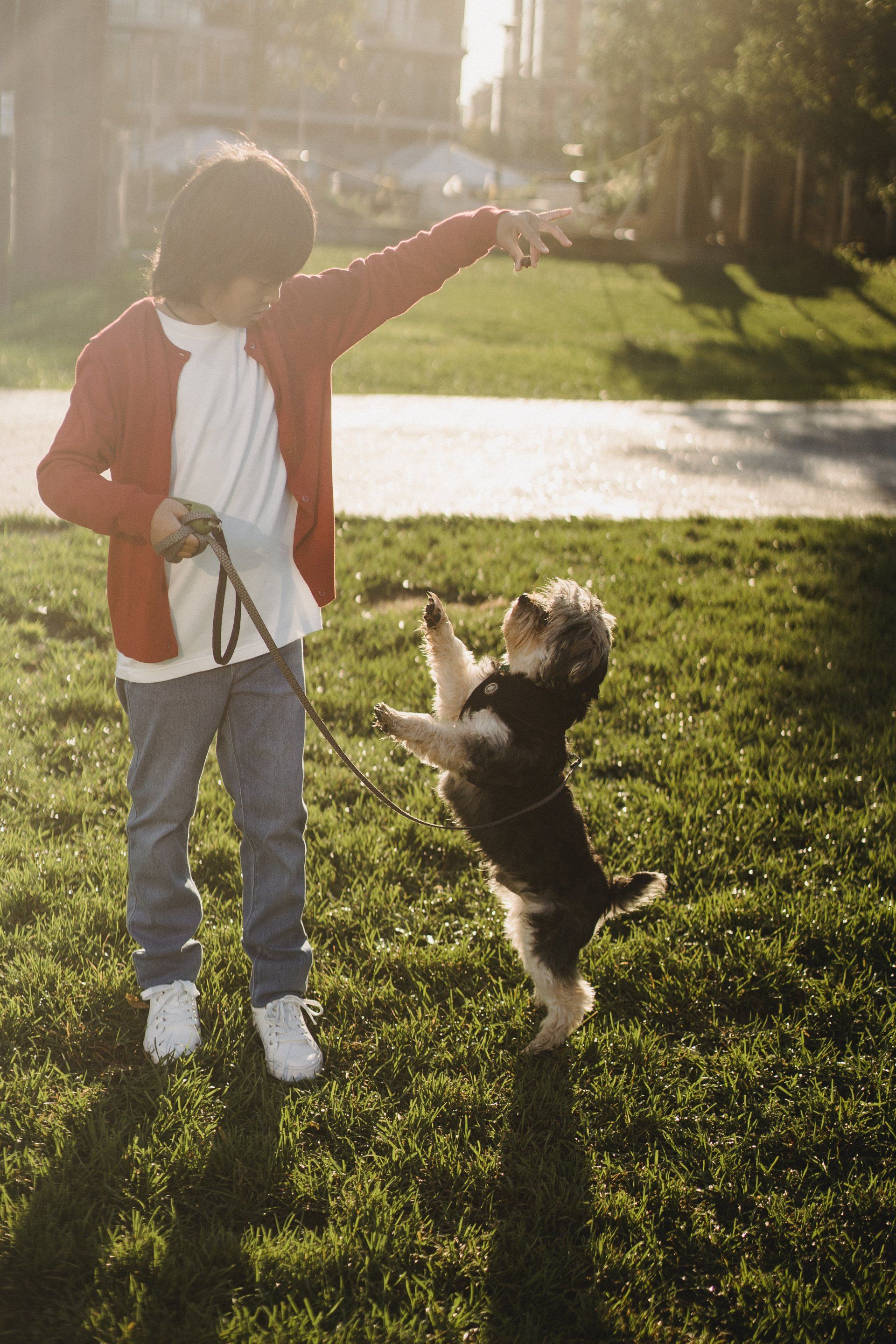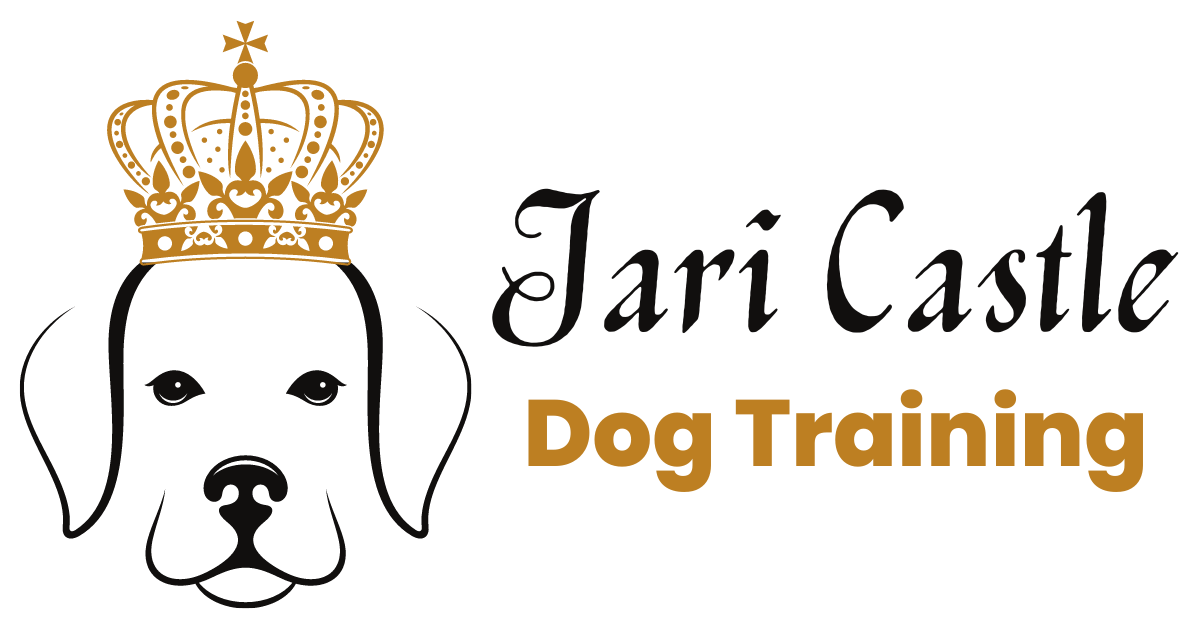False Promises: 7 Signs A 'Reward-Based' Dog Trainer Might Actually Use Punishment
When it comes to finding the right dog trainer, it can be overwhelming.
With so many options out there, it's hard to know where to begin. But here's the thing: not all dog trainers are created equal. Some may be uneducated, inexperienced, or even worse, use cruel and unethical training methods.
Let's face it, causing physical pain and emotional distress to our dogs in the name of training is so last century. We don't smack our kids anymore (well, in most countries anyway), so why are some people still using collars and leads designed to hurt our four-legged friends? And to be clear, many trainers do not reach for the shock collar straight away. They may try and change your dog's behaviour using positive reinforcement first and then gradually use harsher and more aversive methods until they get the result they want. They will say that this was necessary, and that a dog will be put down if these painful tools are not used. This is not true.
Other trainers will use a combination of reinforcement and punishment at the same time and call themselves "balanced" trainers. A quick google can tell you why this balance is far from even, and can have devastating results. Balanced trainers will jerk on the lead if the dog does the wrong behaviour and reward the dog when they get it right. But with science and trainers across the globe showing that the punishment is unnecessary, why would you persist with causing distress to a dog?
There are some amazing, force-free, positive reinforcement-based trainers out there. But unfortunately, there are also some shady trainers hiding behind comforting words and marketing jargon. They know that people do not want to use punishment, so they hide that side of their methods. So how do you separate the good from the bad? Well, I've got seven tell-tale signs to help you out as you browse their websites and social media.
- The "About Me" Page: Look for information about their qualifications and experience. If they specialize in a certain breed or sport, make sure to investigate how that training is traditionally done. If it involves punishment or "a firm hand," proceed with caution as their mentors and education may be skewed that way. Where they studied can also be a red flag, as some large organisations still teach students how to use aversive tools, and let students decide for themselves if they want to continue doing so.
- FAQs: If you see anything about "different approaches" or "adapting to the dog," be wary. These can be euphemisms for punitive training. Positive reinforcement coupled with management and a behaviour modification plan should always be the first, and last, choice.
- Memberships and Accreditations: If they belong to an organization that endorses or allows all methods of training, be cautious. Look for groups like the Pet Professional Guild, which are strictly for force-free trainers. If you do not know the organisation, look them up and read their code of ethics.
- Blog: Read it. This will give you insight into their training philosophy and ethics. If they're posting articles about how force-free training is ruining dogs' lives, roll your eyes and move on.
- Online Store: If they're selling slip leads alongside treat bags and clickers, it's a red flag. A truly force-free trainer should never use or promote aversive equipment. Aversive equipment is anything functionally designed to cause discomfort/stress/pain/annoyance.
- Resources and Recommendations page: Are the videos, websites and articles they recommend force-free? Or are they a mix? This will tell you a lot about their training methods and what they are willing to do to dogs in the name of training.
- Social Media: But perhaps the biggest giveaway of all is their social media accounts. Are the dogs they work with happy and engaged, or do they look like they'd rather be stuck in traffic on the way to the vet? And what kind of equipment are they wearing? A well-fitted harness is a good sign, while a choke chain or slip lead is a major no-no. Sometimes electronic collars are sneakily hidden under bandanas, so look for those as well.
By checking for these seven signs, you can tell if a dog trainer is truly dedicated to force-free training or not. Don't settle for anything less for your furry friend - it will cost you a lot more in the long run.
Good luck, and if I can be of any help in finding a force-free trainer close to you send me a social media message or email!
Share this article:







